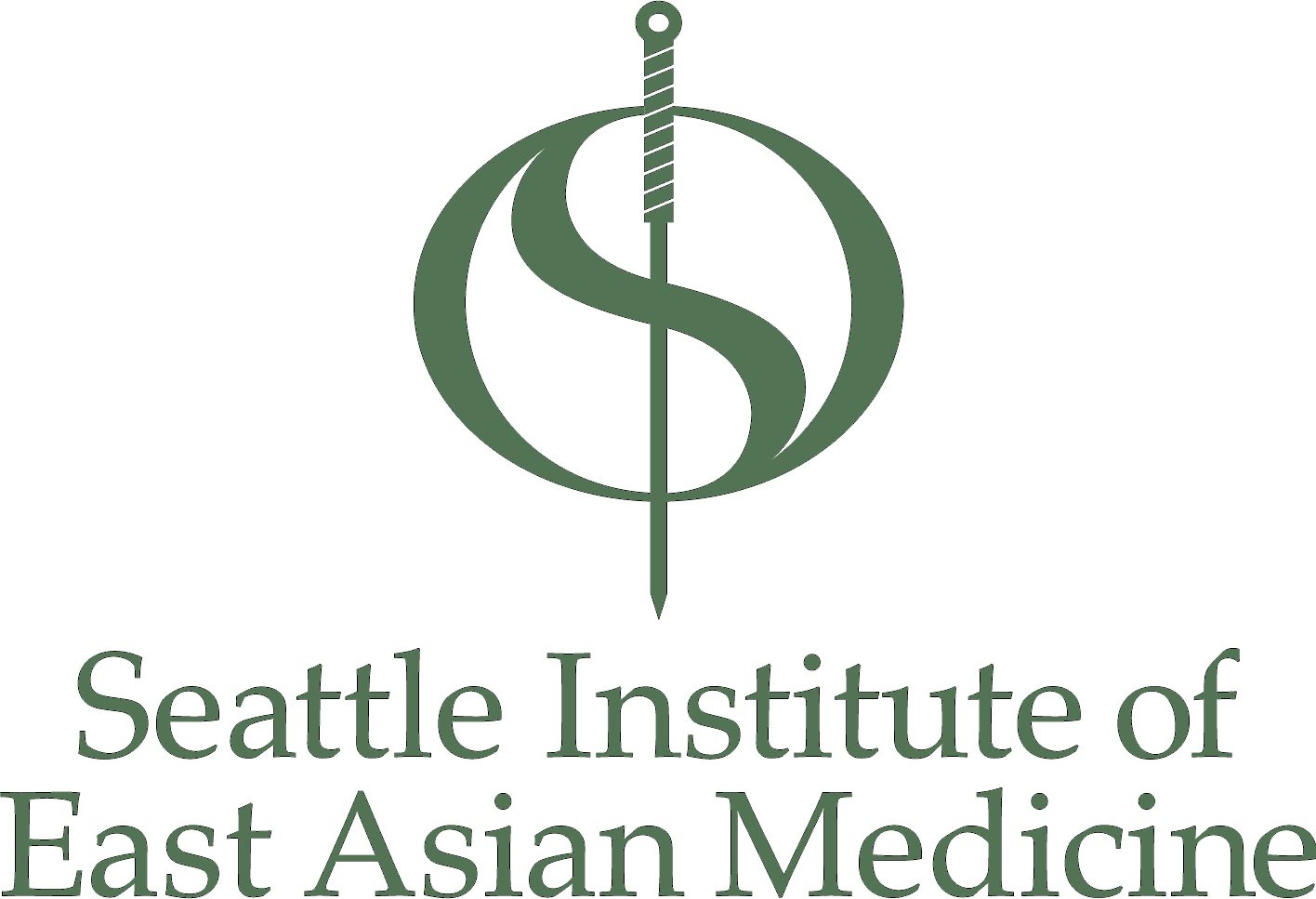The Impact of Internal Arts on Clinical Practice
I entered my 20th year of clinical practice in 2018 and I have been reflecting on the journey. I have considered what I would say to myself as I began what would become a lifelong study. When I put all my experiences together, it is my training in the internal arts that stands out as having had the most significant impact on my clinical practice. Since this is not what I would have expected all those years ago, I wanted to share my experience.
My first introduction to qi gong was as an acupuncture student. I didn’t think much of it at the time. I practiced for my class, but then let it drop. I picked it up again after I graduated when I started to learn tui na with Tom Bisio and Frank Butler in their Zheng Gu Tui Na series. An important component of that series was learning nei gong/qi gong exercises that promote sinew strength and proper body mechanics. I went through spurts of practicing qi gong regularly, and certainly felt benefit from it when I did. But since I didn’t think of it beyond something that would improve my tui na skills, I never took it any further.
I am not someone who keeps track of my age. But as the years passed, my body started to make sure I was reminded that I was in fact, getting older. That was when I made the life changing decision to begin intensive training in Xing Yi Quan with Tom Bisio, founder and lead instructor of Internal Arts International (IAI).
I expected Xing Yi Quan training would improve how I felt physically. I was definitely not expecting that a dedicated daily internal practice would improve my mental, physical and spiritual health in ways I could have never imagined, but also elevate my clinical practice to an entirely new level. Not only did my tui na skills improve, but so did my needling skills, and my overall clinical focus. I started to understand concepts relating to disruptions of the qi dynamic and body alignment in ways I couldn’t learn from a book or a lecture. I now had direct experience that improved my assessment and clinical decision making.
One of my biggest revelations was that my patients were benefiting from my training. In looking at my practice now, I could not imagine, for example, treating any type of injury or painful condition without teaching my patient qi gong exercises to do between treatments. Because in doing so, my patient will get better much faster and learn how to prevent future injuries. I also teach my patients qi gong exercises for all types of internal conditions. I show my patients with liver qi constraint an exercise to promote free flow and relax the liver and I teach my patients with deficiency, breathing techniques and exercises to cultivate qi. Since there are so many types of qi gong sets, there is something that can be applied in any clinical situation.
Of course, anything we learn to do in our medicine seems to require an extended period of disciplined practice before it can be applied in patient care. This extended practice, through which we develop foundational skills, may be most important in the internal practices. Benefits only come with time and consistency, which is a challenge for us all. I was one of those people who has been “too busy” to practice. I was particularly too busy to practice something that I found really hard to do and that did not come easily to me. The irony is that the more I practiced, the less I felt that I didn’t have the time. Even 15 minutes a day will have an effect over time. And once that starts to happen, a half hour passes easily. Qi gong can also be done anywhere; I’ve practiced in airports, on subway platforms and in the hallways during lunch.
At the start of 2018, I made another big life change and joined the Seattle Institute of East Asian Medicine (formerly SIOM), where I now serve as Academic Dean. One of the many reasons I packed up my life in New York to return to teaching and to join Craig Mitchell and this amazing community is that our students study and train in various forms of qi gong every trimester. These internal practices are taught alongside herbs, acupuncture, theory, etc. as an integral part of the practice of East Asian medicine. This represents what my clinical practice has become and is now how I get to teach my students.
I have been blessed to have a very special and patient teacher who consistently pushes, motivates and inspires me all at once. I also have a community of school brothers and sisters to practice with regularly on both coasts. Unfortunately, finding a qi gong teacher or school is not easy. There are weekend and online instruction programs available for people in this situation. I have done much of my training utilizing these formats, since my teacher, Tom, offers this type of instruction through Internal Arts International (IAI). Online instruction is also a useful thing to recommend to patients, which I do regularly.
So if I could go back, I would tell my 1995 self that the internal training you are learning is as important as memorizing those herbs and formulas. And if you stick with it, you will have a much deeper understanding of the theory you are learning and be a more skillful (and healthier) clinician for it. And it is never too late to start.
Katherine Taromina
Academic Dean
